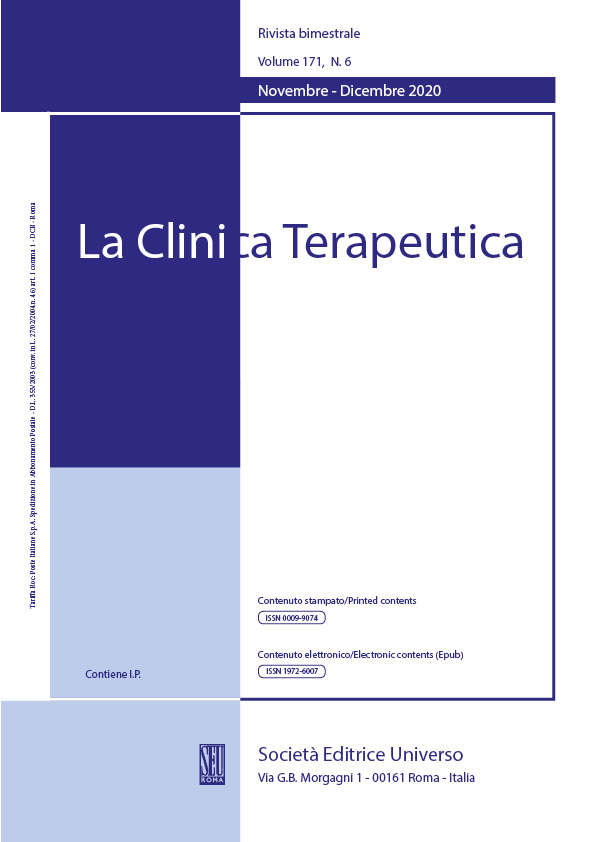Abstract
Objective: Several studies support the active role of Carcinine, an L-carnosine metabolite, in insulin resistance and dyslipidaemia, to modulate the insulinemic/glycaemic profile and fat metabolism.
Materials and methods: 100 (50 women and 50 men) volunteers, aged between 40 and 85 years with a body mass index (BMI) between 25 and 34,9 kg/m2, spontaneously addressed to our “Second Opinion Medical Consulting Network” (Modena, Italy) between 2019 and 2020, were included in this a single blind sequential placebo, anecdotal, observational, retrospective trial. The aim of the study was to find an adequate possibly natural treatment for unbalanced insulin resistance pattern notwithstanding ongoing administration of statins, and hypoglycaemic chemical agents in healthy overweight/obese subjected.
They started the protocol with a placebo formula based on lithothamnion calcareum alga (190 mg) and carcinine (10 mg) for two months. At the end of this first phase, laboratory exams ascertained the impact of placebo effect upon the study group. After a 2 weeks washout period, each patient was administered a specific galenic nutraceutical product “Un-tafor” (3 cps/day before, breakfast, lunch, and dinner) for 2 months. Each capsule contains 200 mg of Glycoless [10% of carcinine (2HCl), β alanyl-histamine dihydrochloride] in a total amount of 20mg of carcinine. The waist circumference, glycaemia, HOMA index, glycated haemoglobin, total cholesterol values were detected at time 0, time 1 (after placebo treatment) and time 2 (after carcinine treatment). At the same time, the pre versus post treatment, Advanced Glycation End products (AGEs), that play an important role in the development of diabetic vascular complications, were instrumentally measured at time 0 and 2.
Conclusions: Carcinine, at the daily dose of 60 mg/day, was able to modify, safely, the AGEs that induced cardiovascular risk, the waist circumference and some glycolipid-metabolic parameters in overweight/obese patients with altered blood glucose pattern, improving significantly the impending metabolic syndrome.

